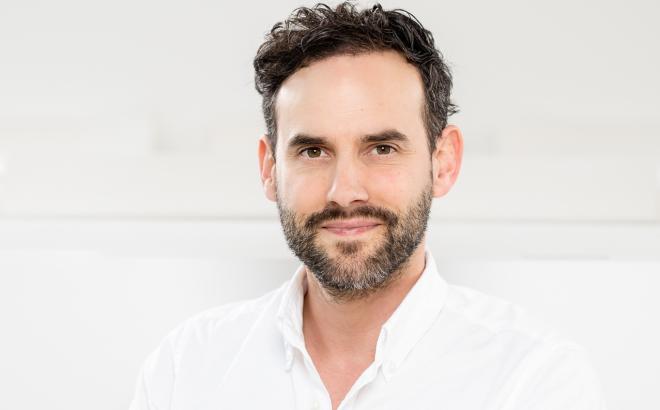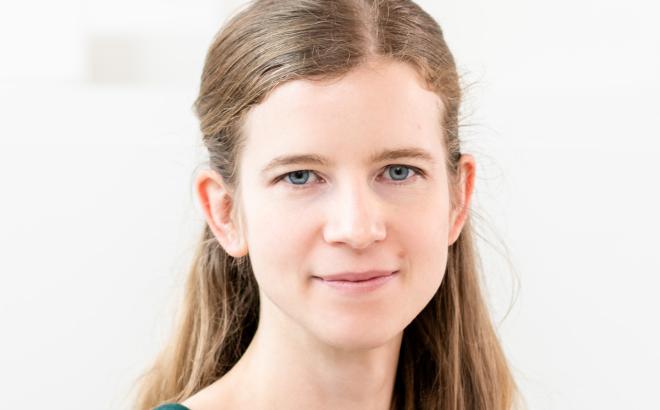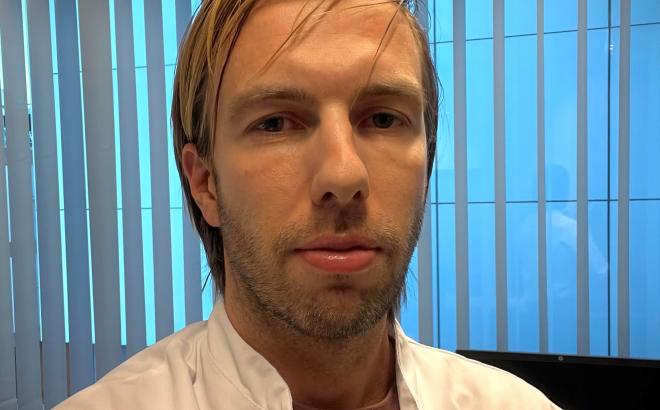Sarah-Jane Estermann, Biomechanist
As tensile as the biological role model
When surgeons want to gain practical experience with new instruments or surgical techniques, they usually rely on animal models. It would be a great help if there were training systems that not only depicted the various tissues and organs of the human organism anatomically correctly, but also largely matched the original in terms of their mechanical properties. The Austrian Center for Medical Innovation and Technology (ACMIT) at the Technopol Wiener Neustadt has been working on such systems for some time. 3D printing processes are available for this purpose, whereby the printing process can be planned in such a way that the composition of the starting material changes during printing in order to come close to the biological model in terms of spatial heterogeneity as well. To characterize the mechanical properties, a collaboration was recently established with the Department of Biomechanics at Karl Landsteiner University of Health Sciences (KL) at Technopol Krems. Sarah-Jane Estermann is the link between the two institutions: "I am employed 50 percent by each of them," says the researcher, who is well placed to contribute her previous experience.
Her love of mathematics as a language with which to describe the world initially led Estermann to what is arguably the most fundamental of all the natural sciences: "I studied technical physics at the Vienna University of Technology, which was a good foundation for any form of science," Estermann says today. After her bachelor's degree, she looked into the medical applications of this subject and completed a master's degree in biomedical engineering. Her thesis took her to the Institute of Materials and Structural Mechanics at the Vienna University of Technology, where she was already working on the mechanics of biological media. "My thesis was about finding a mathematical model that describes the flow in the pore networks of bone tissue," Estermann says: "That was the first real contact with professional research."
And because she had taken a liking to it, Estermann decided to deepen her knowledge by writing a dissertation. "I first sent a speculative application to ACMIT. There, they had already agreed in principle to collaborate with KL when I joined," says the researcher. The first step now is to conduct tensile tests on various tissue samples as well as on 3D-printed models and compare the mechanical properties. Estermann is very impressed with the biomechanics lab at KL: "We really have all the capabilities there." In parallel, a mathematical model is being created to mechanically characterize the combination of different plastics as used in 3D printing. In a second step, this should then lead to the composition of the material being adapted to the desired properties.
Sarah-Jane Estermann worked at KL until October 2021, moving to the Austrian Center for Medical Innovation and Technology and then to Siemens Healthineers.
Link to the KL research information system KRIS




